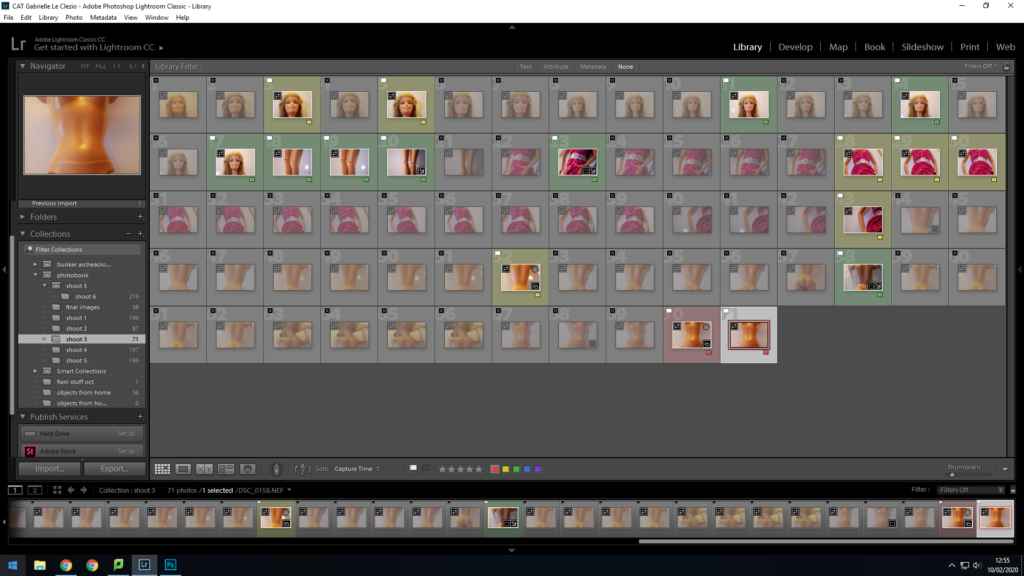
This shoot went really well. I focused more on the Barbie’s body instead of just it’s face.

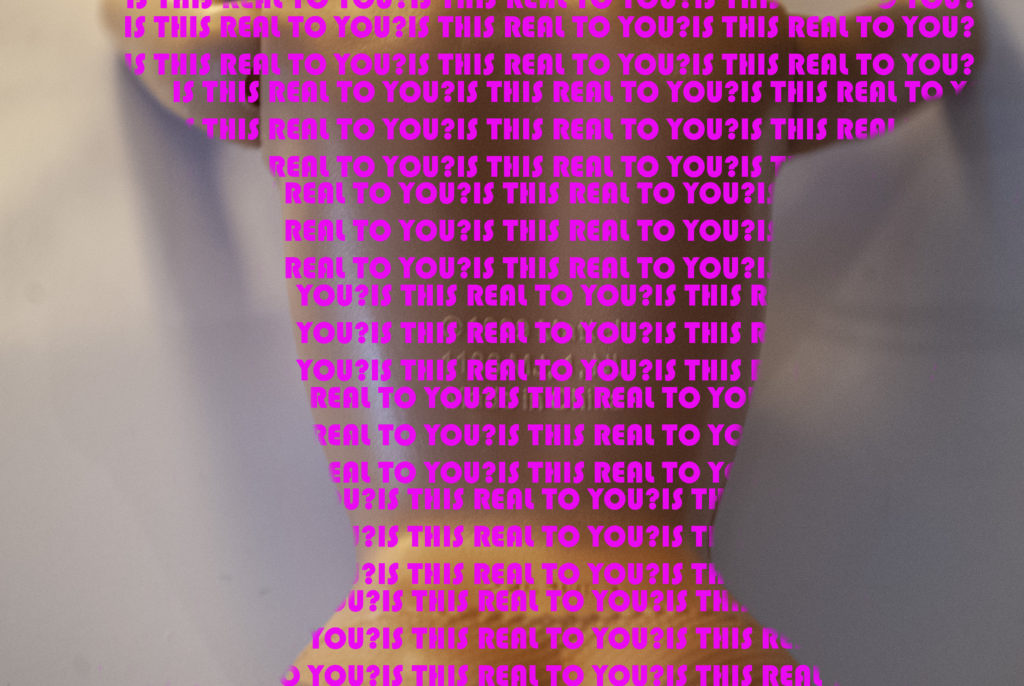
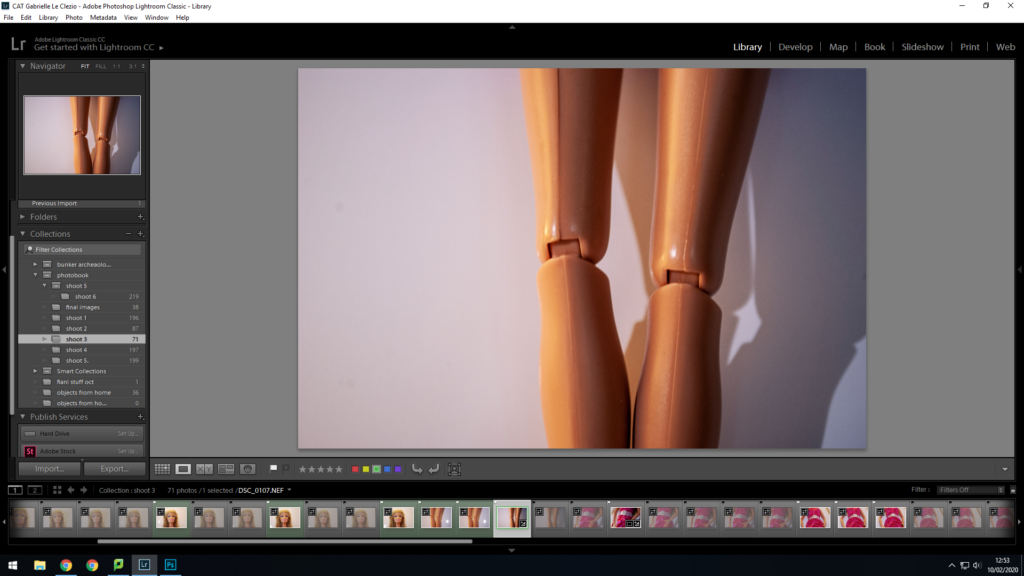


This shoot went really well. I focused more on the Barbie’s body instead of just it’s face.




For my first shoot, I plan to take images of archival images from when I was both younger and to this day in the theme of dancing, therefore showing the development of my dance practice over the years. This personal dance journey will reflect a documentation and will be the first setting towards my project. The artist I will be using as a reference towards this is female archive photographer Diana Markosian who is well known for her project “Inventing my Father”, this gained her recognition for the way she photographed images from when she was little as well as the meaning behind the photo manipulation. She uses a range in contrast for her images which add range of emotion. The images dont include a lot of background therefore meaning I will be cropping the photos on adobe light room in order to ensure that only the main parts will only be seen. Her work has also inspired to me experiment with different lighting as some of her images are dark and some light, I will do this with artificial lighting in the studio as well as with photo shop. I will use a transmitter when taking my images as it will allow for the images to be evenly lit as well as an overhead tripod to ensure the image is even.
Looking further into camera settings/ equipment, I will use a Canon Camera on an auto setting which will allow me to use a transmitter with my set up as it will create a fully focused and lit up image. The use of a tripod will also be important to this shoot as i will need images from an over head angle which will allow me to have the full archival image in the frame. The artificial lighting will be from a box light which will be placed directly to each side of the images.
Process of Elimination
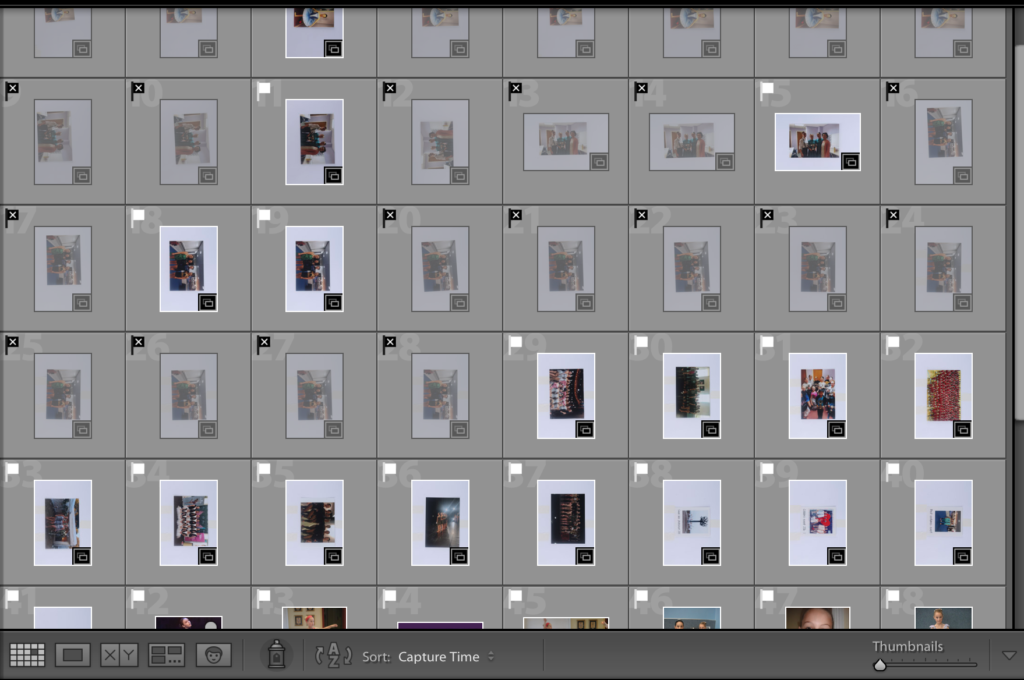
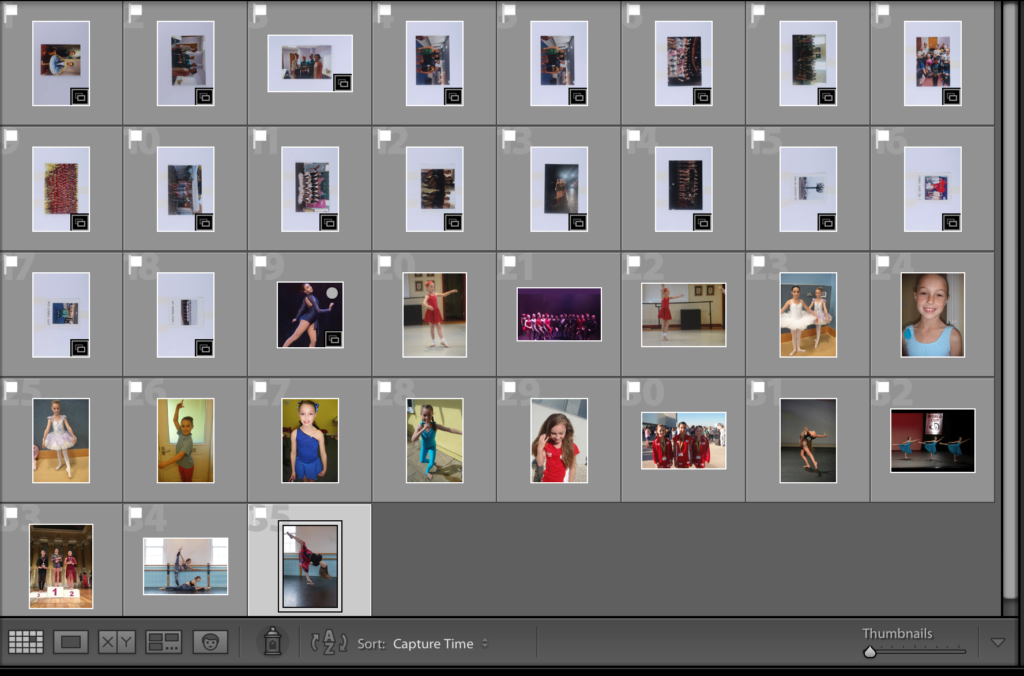
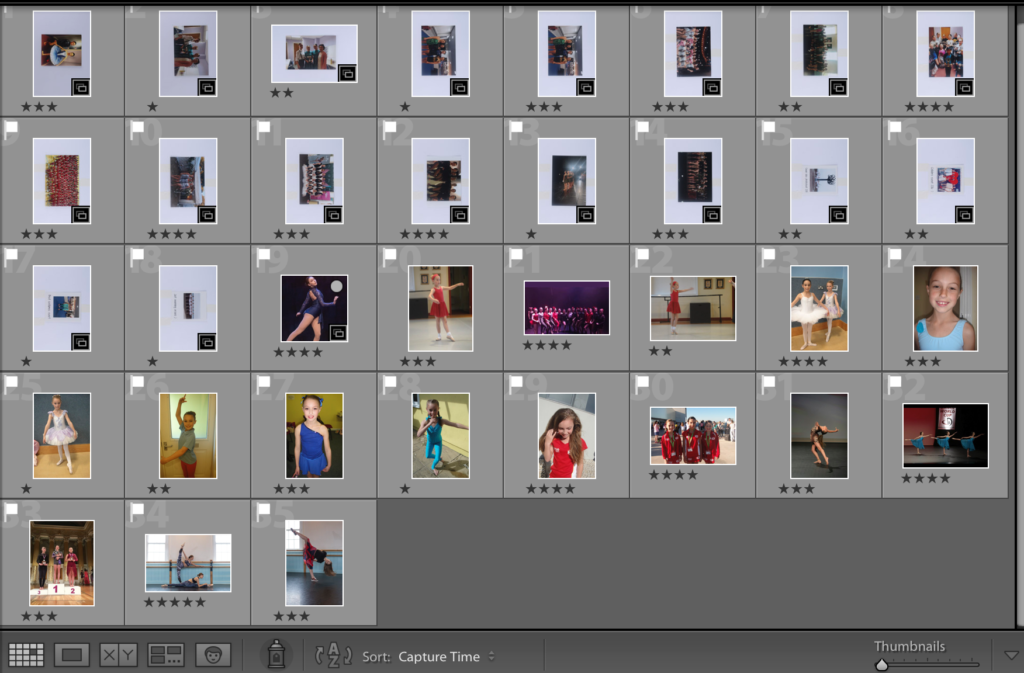
As for how my first shoot for this project has ended up, I am happy with the images as they are all clear meaning that the transmitter was a good idea for the shoot. I had to photograph the images on a wide angle and found it had to position the images evenly therefore meaning i was need to be cropping out backgrounds as well as tilting my images to ensure they’re even. I found that i liked the fact there was no shadowing on my image ensuring the images can be seen clearly, therefore meaning i will only change small edits such as contrast, brightness etc in order to create a fully lit image.
Editing my Images

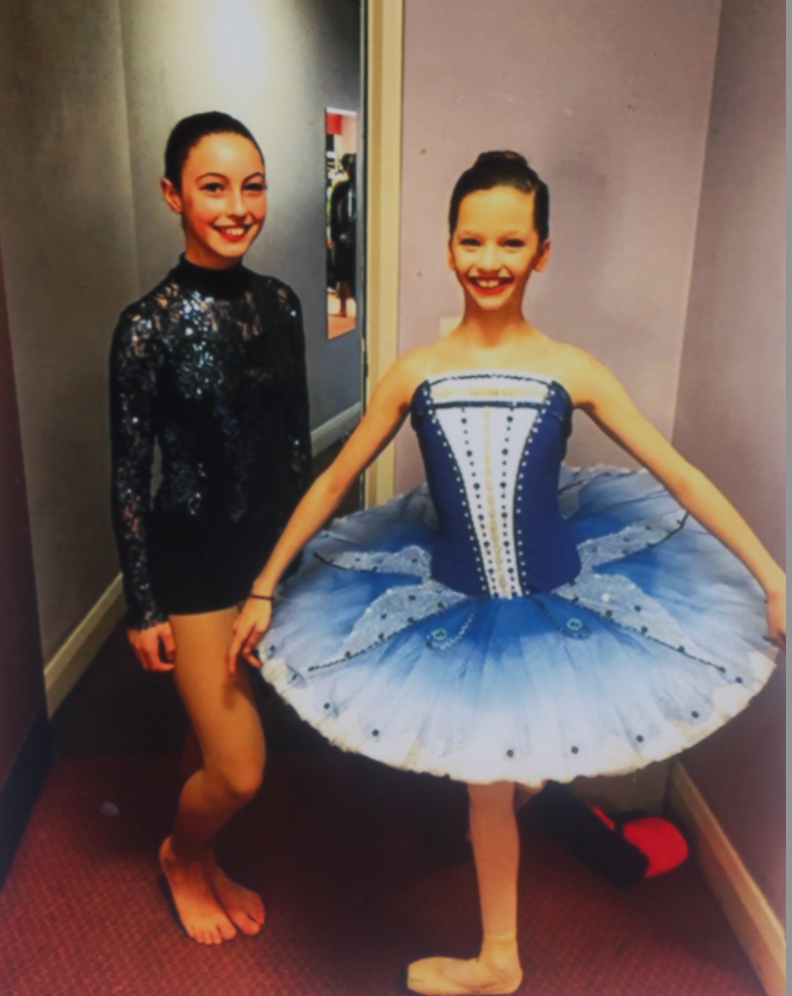
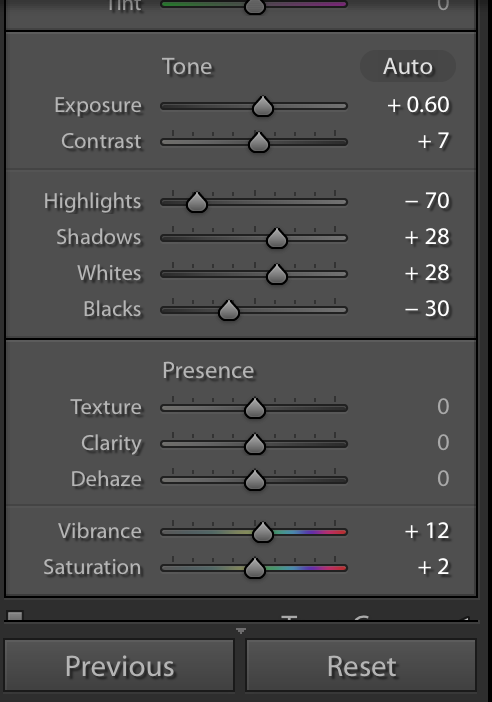
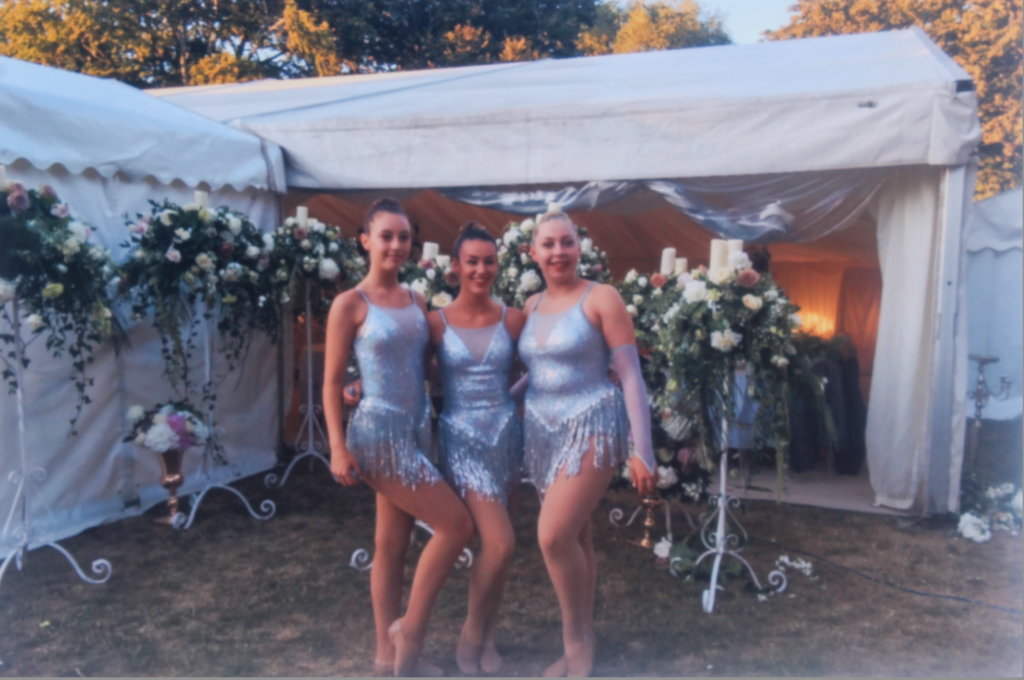
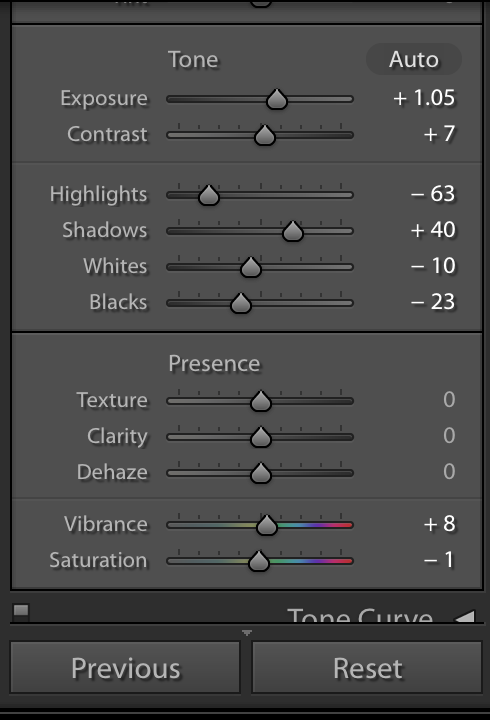
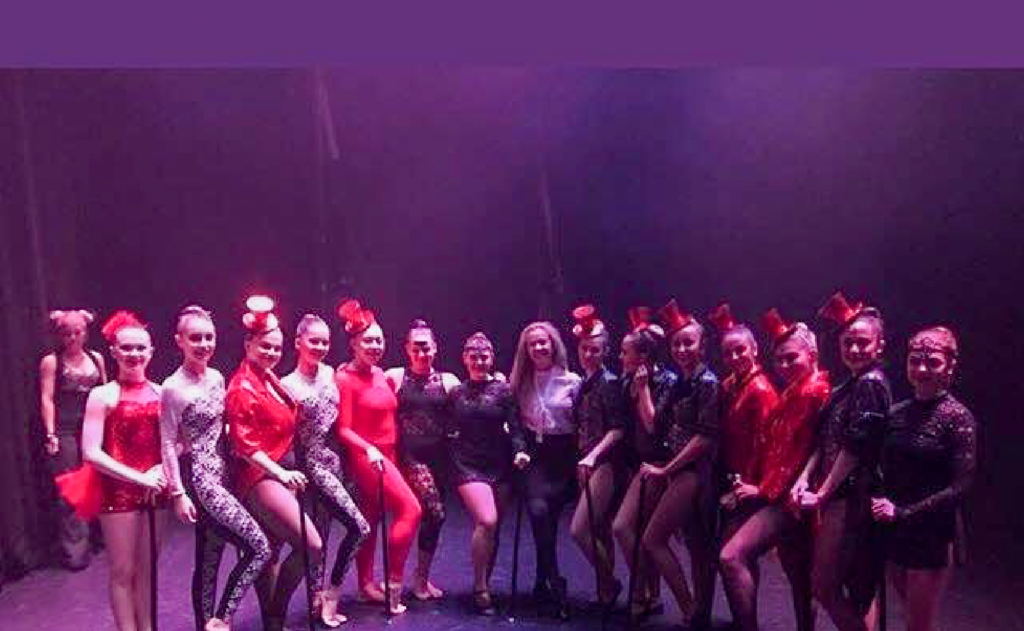
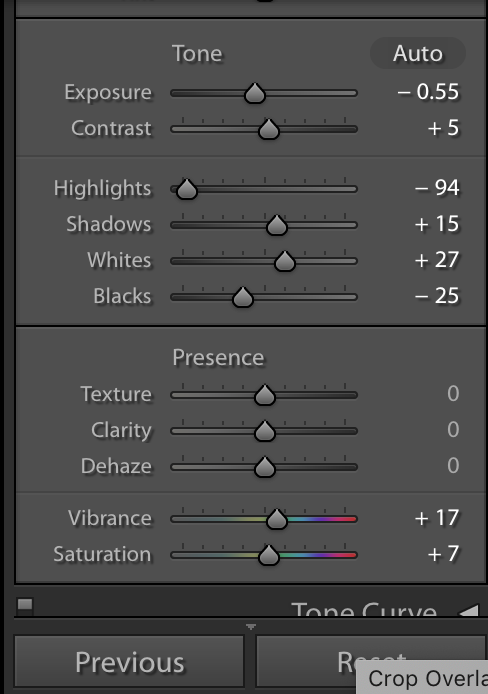
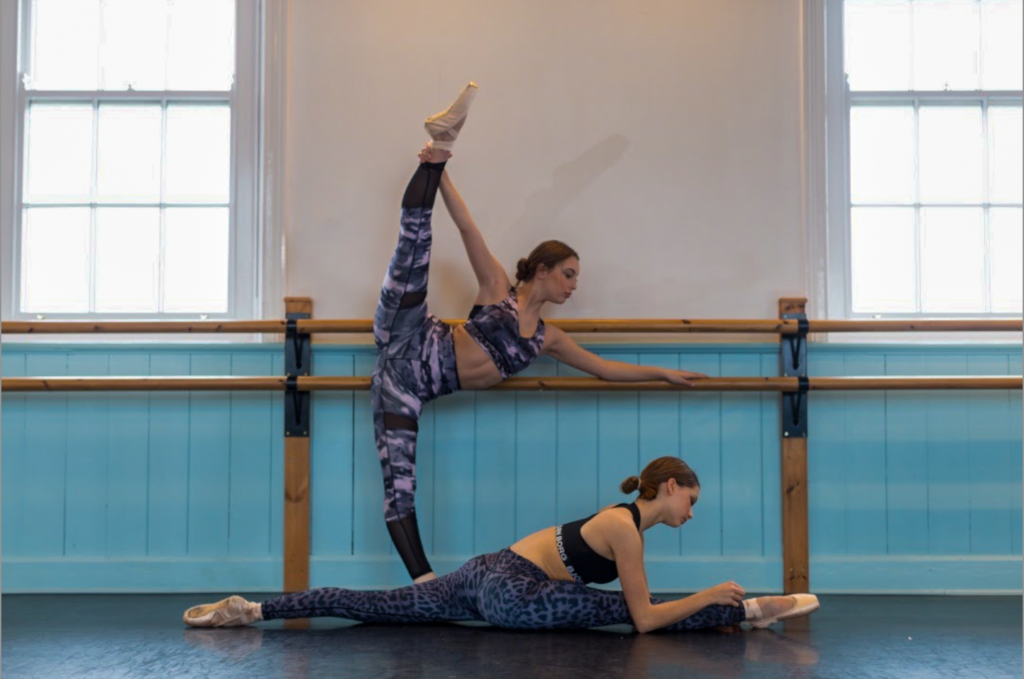
The process above was then carried on for all other images which will be shown below. In order to elaborate, the images below have cropping edits, contrast, brightness, exposure, highlight edits in order to create even images.
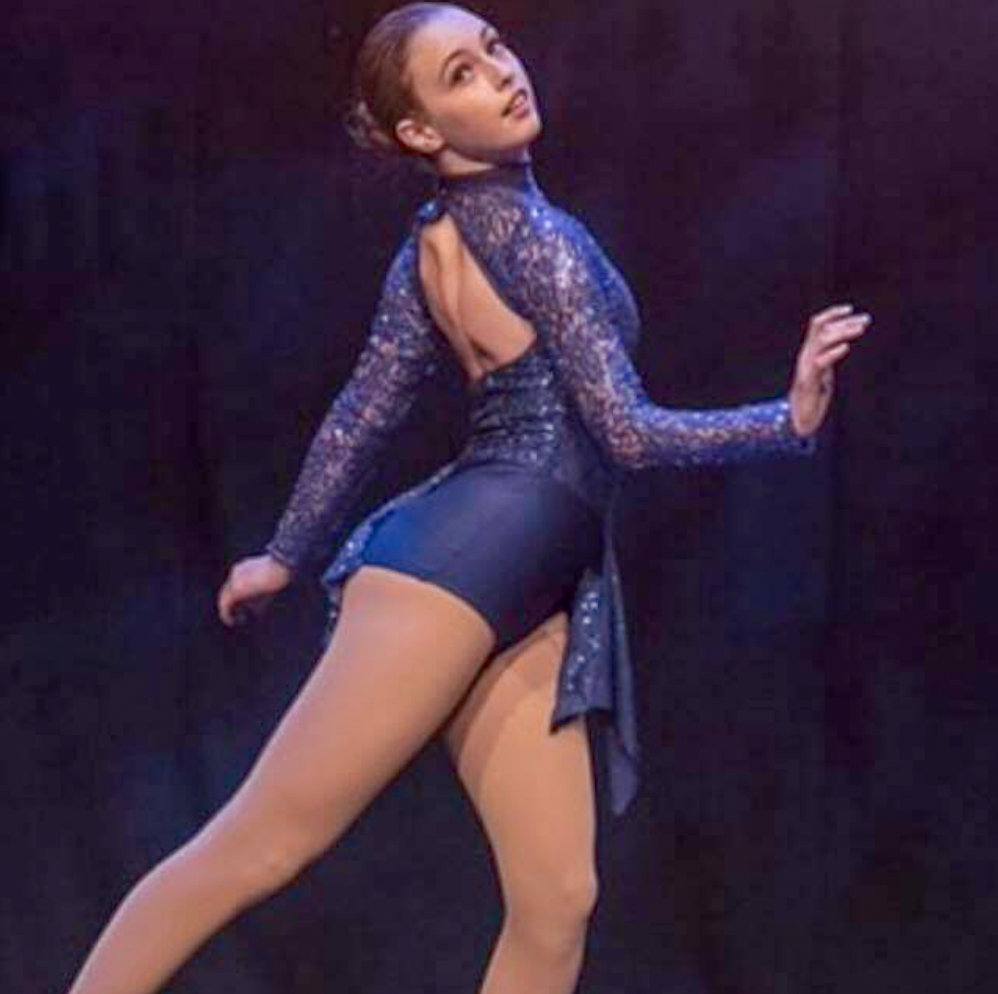
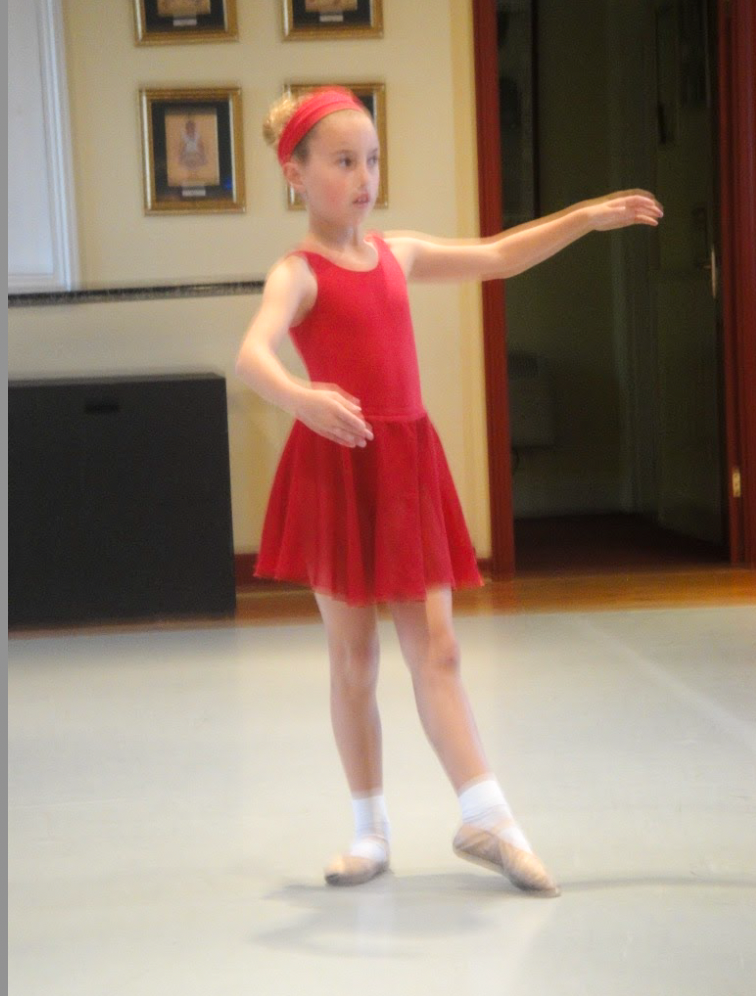



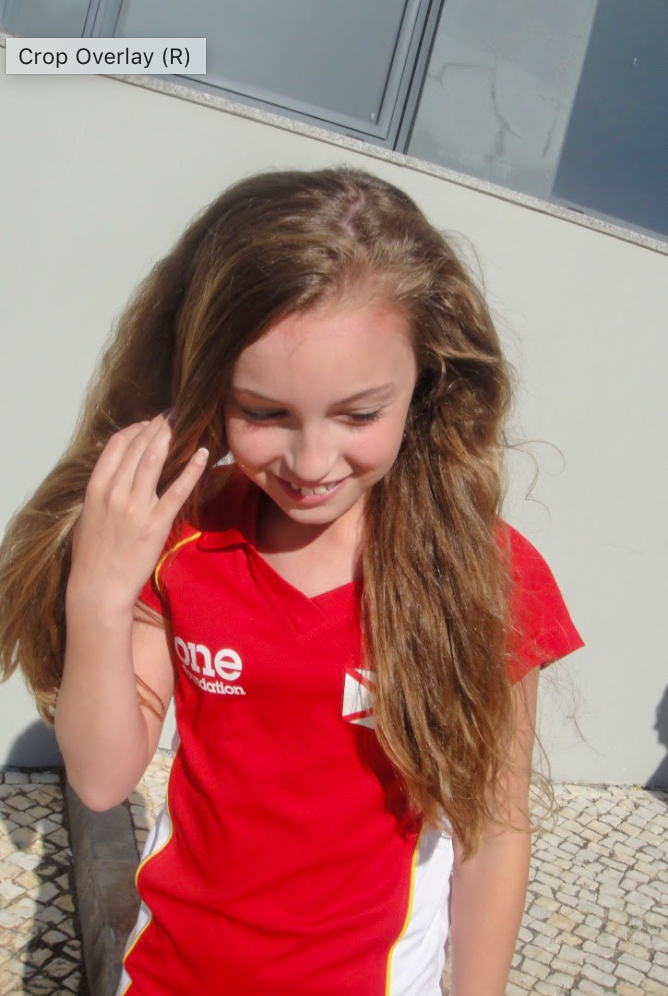
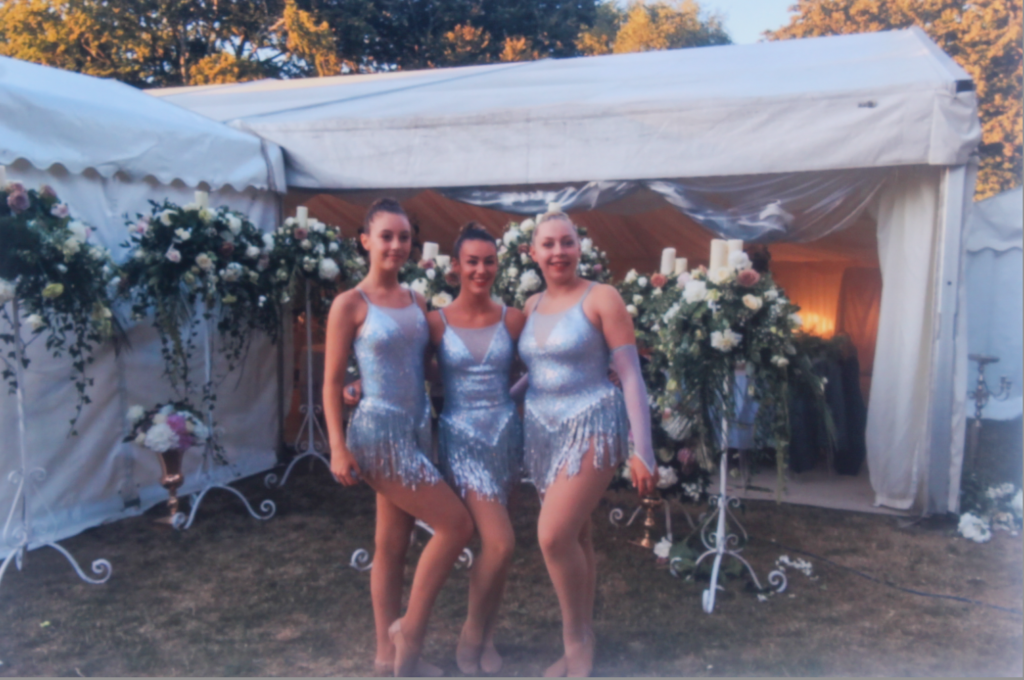

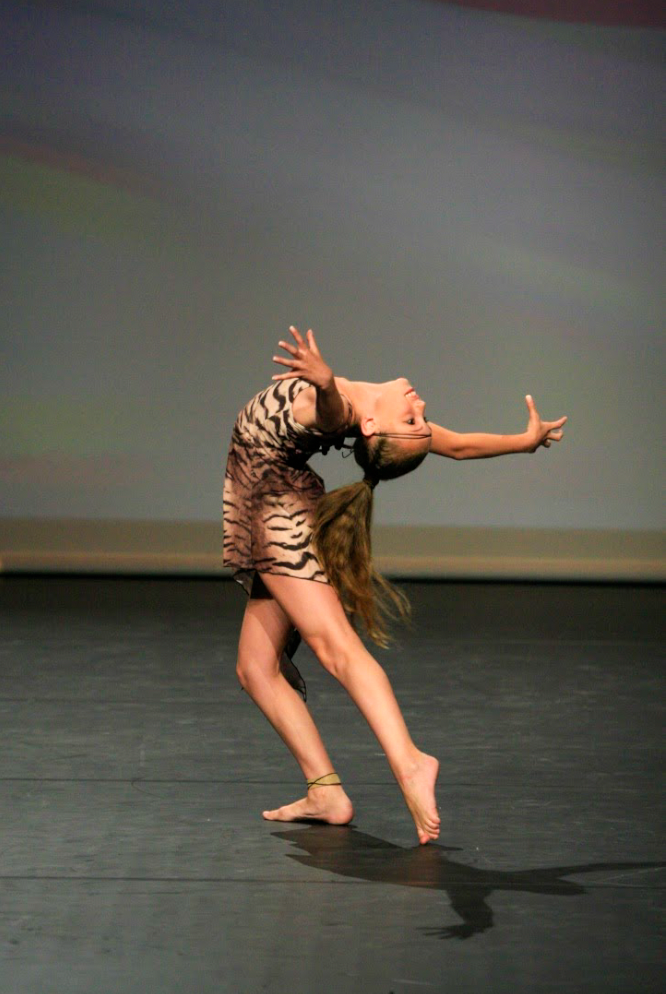
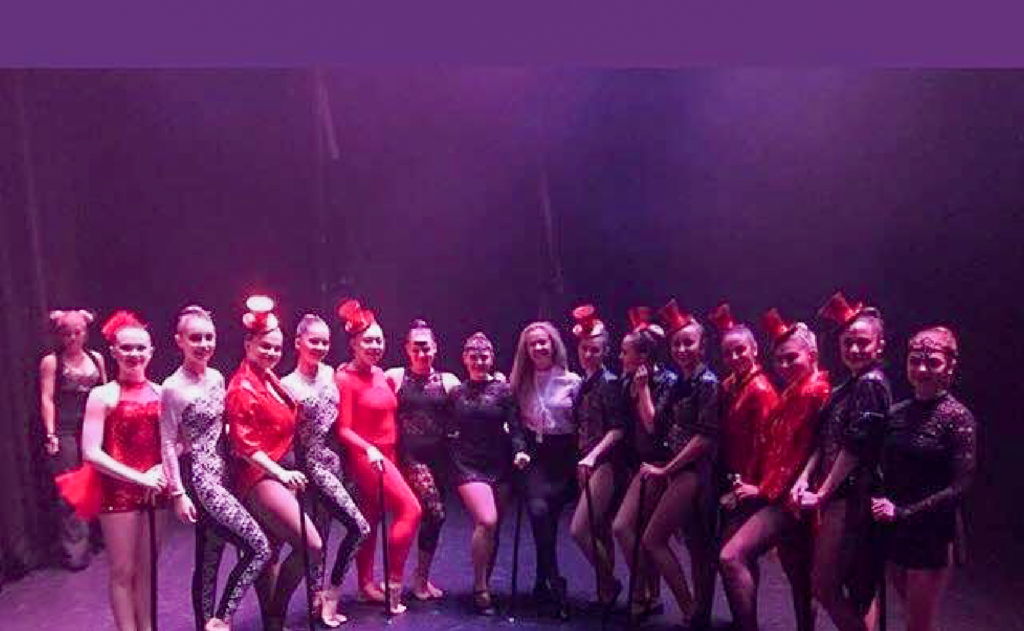
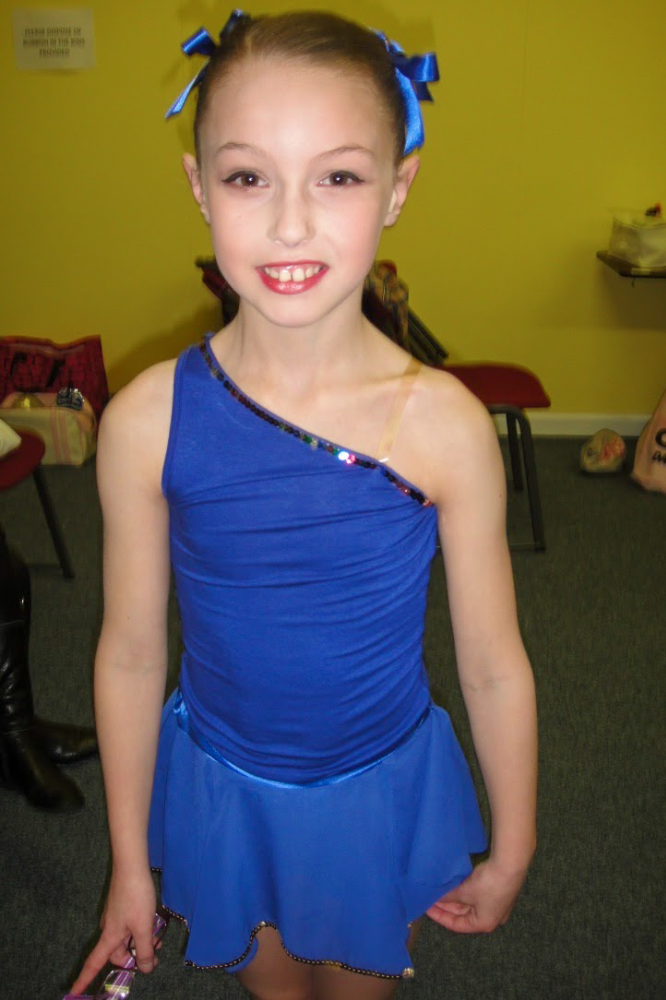

Technical Analysis- Technically, I used a Canon Camera which was connected to a photographic transmitter in order to create a flash when photographing my images. This meant that artificial lighting was used to photograph all these images and helped to create an even picture. Due to this transmitter, I did not need to experiment with camera setting meaning I kept it on auto throughout.
Visual Analysis- Visually, we can see that the images above are printed images which have been photographed in colour from a birds eye view in order to allow for the images to be seen correctly. We can also see that all images are fully focused and fully lit, portraying the effect that editing has been successful.
Conceptual Analysis- Conceptually, outsiders looking at these images may be able to see that they are images of other. images, but from first glance would just look like images which are related to dance which can be seen from costumes and logos.
Contextual Analysis- Contextually, these are images of previous printed photos which either my mum or dance teacher had taken of me when I was younger as well as to this day. The images show different highlights in my car career and are ‘archival’ due to not being my own images.
Overall, I think I have been able to capture successful imaged with using camera settings and angles. I am happy with how even the images are, showing my use of tape as a guide worked out, as well as how the images turned out overall as the quality and colours in the images all stand out and it is overall fully focused, allowing the audience to be able to see the images.
The aim of this exhibition was to offer a platform for workers to express their perspectives on agricultural labour in Jersey. It is also a way of showing the undocumented lives of the workers rather than the marketing representation. The project was conducted via a collaboration between migrant workers, the artist Alicja Rogalska and The Morning Boat. I really liked this exhibition because it wasn’t just one medium it used videography, imagery and typography to send out an important and personal message. The workers may not be highly qualified or a university graduate but they are grounded. Many people in Jersey who are unemployed won’t take these jobs because they think they are above it, they leave agricultural workers with no choice but to hire people from abroad. A big problem is that people say immigrants are taking their jobs but in reality they are filling jobs that people are too stubborn and lazy to take.
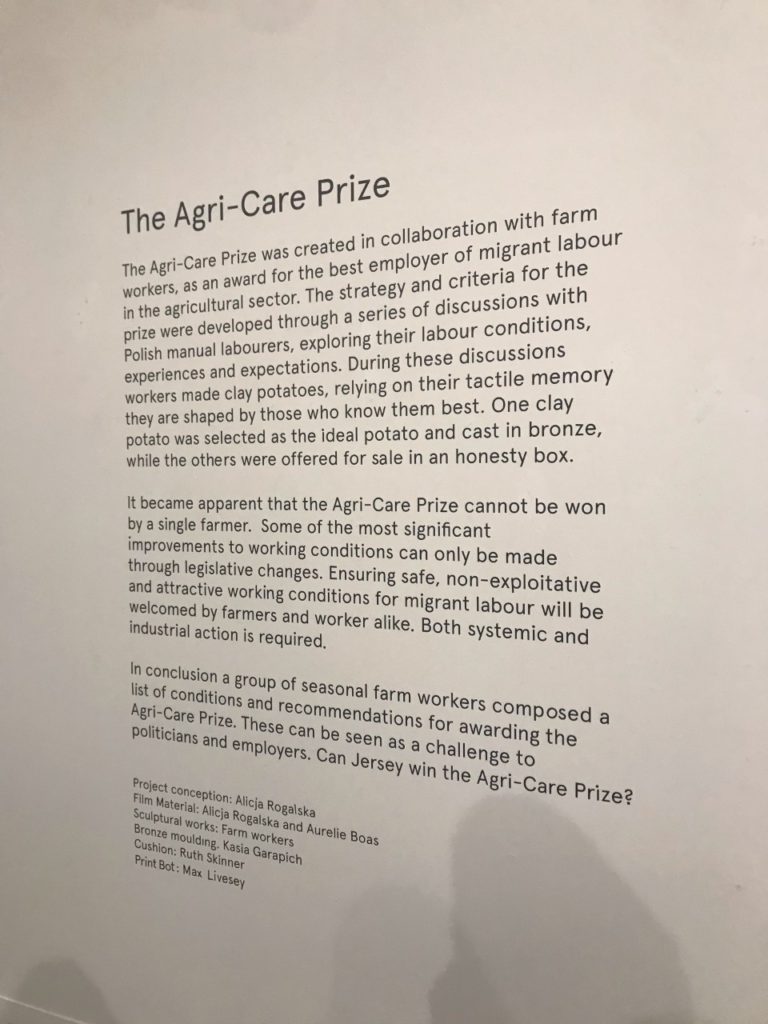
The agri-care prize was displayed in a box as the ‘bronze potato’ which is awarded for the best employer of migrant labour in the agricultural sector. The award is also a way of giving the workers a voice in their industry because they are essential the backbone and without them Jersey’s agricultural sector would be failing. It is important that the workers have a say in their living conditions and terms of the contracts because Jersey politicians and employers need to treat foreign workers as they would local workers, just because they can’t speak English doesn’t mean they are any less human.
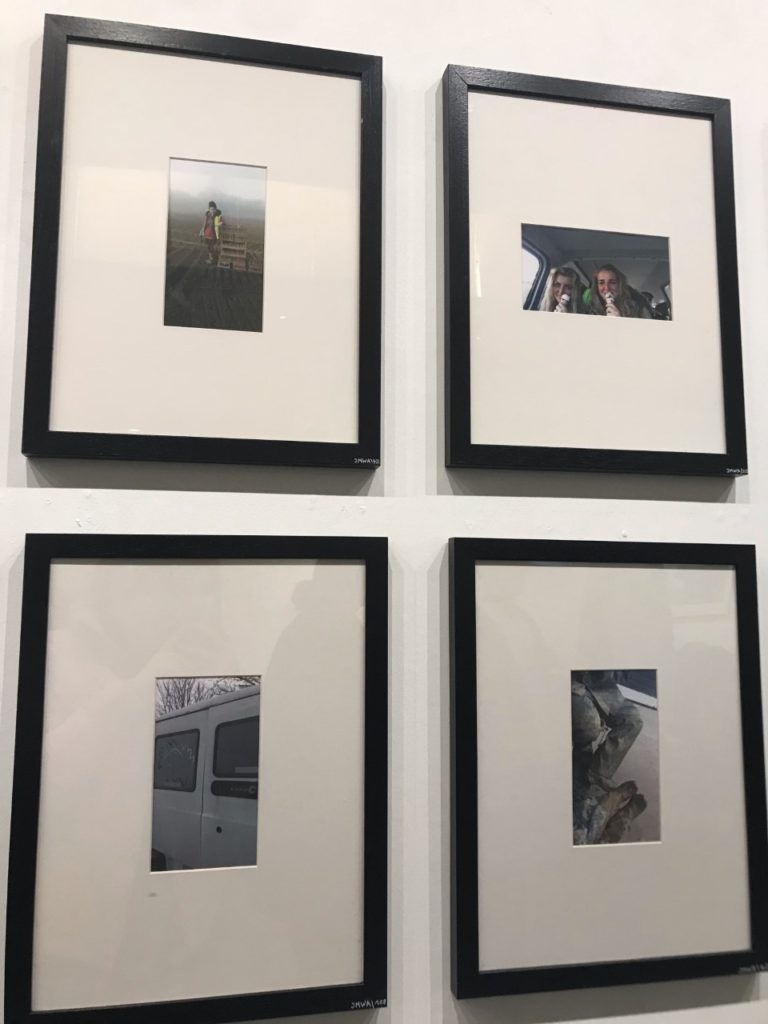
The pictures featured in the exhibition were all taken by workers on their phones. Images were of the fields, their accommodation, themselves etc. The phones they used weren’t anything near an iPhone 11, this emphasizes the minimalist life they live in Jersey when working here. The photos were displayed in black frames with a thick white border and the pictures themselves were relatively small and they were symmetrically placed in two rows.
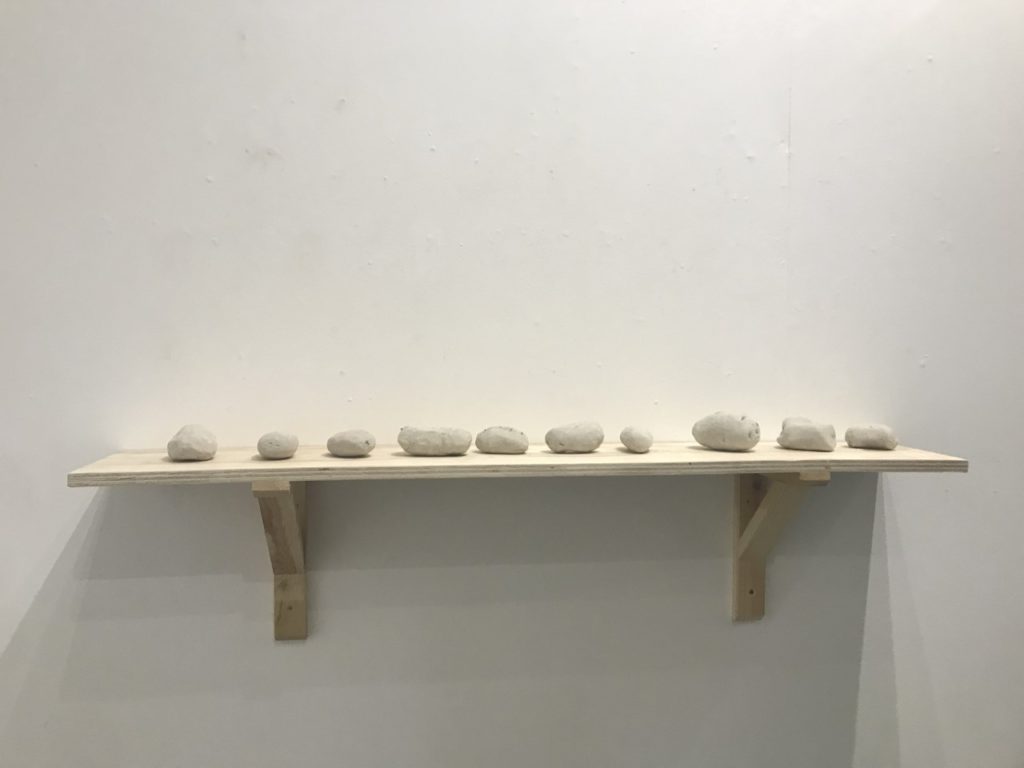
There was a video which featured the workers sculpting potatoes, the top 10 were displayed as part of the exhibition. The purpose was to create the most life like looking potato and who better to do that then the people who spend their livelihood picking them. The sculpting provided time for conversation between The Morning Boat and the labour workers through the translation of Alicja Rogalska, as the project was about giving a voice to the workers.
